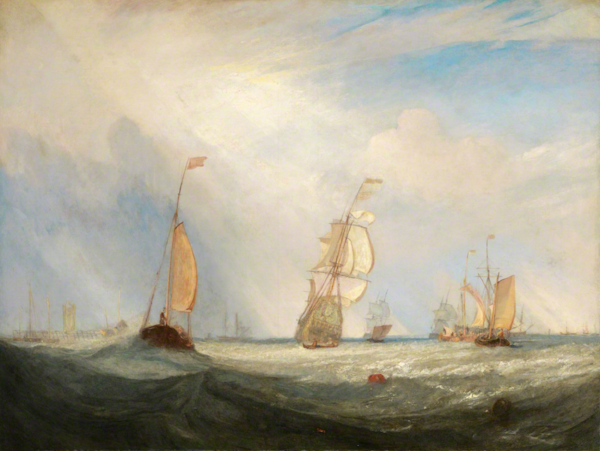Two Singalongs, Two Sentiments: Some People Lack Confidence, Others Lack Contrition
Jan van Eyck - The Ghent Altarpiece - Singing Angels (detail)
I attended a couple of gigs recently.
The first featured a progressive young jazz act. Abstract melodies, elusive rhythms and virtuoso playing. Very impressive all round.
As the concert drew to a close, the bandleader addressed the audience from behind his keyboards.
‘I’d just like to thank you all for joining us on our journey this evening. I know we’ve been through some hard times together.’
He paused and played a couple of chords in a minor key.
‘These last few years have been tough. And we owe it to ourselves to engage in a little self-care.‘
This thought met with nodding approval from the people sitting near me.
‘So for this final number I want everyone to put their hands in the air and sing along with us: ‘I love myself.’’
The audience duly complied and the whole hall swayed to the euphoric conclusion to the set.
‘I love myself! I love myself! I love myself!’
I confess I didn’t join in. I’m old and not inclined to participation.
I turned to my companion:
‘When I was growing up, this would have been considered a sin.’
The second gig featured Lee Fields, a veteran R&B singer. Born in North Carolina in 1950, Fields is one of the last soul survivors, a representative of an era of soaring vocals, sweet harmonies and deeply felt emotions. A diminutive figure with a sparkly blue jacket and a winning smile, he channelled Stax and gospel; James Brown, Percy Sledge and Bobby Womack. He begged and beseeched, sobbed and swooned, and occasionally performed a dramatic spin on the spot.
Lee Fields
Fields’ exercise in audience participation came with his song ‘What Did I Do?’ - a sorrowful confession of a man’s responsibility for the demise of a relationship.
'I took all the love that you gave to me,
Then I took all my things and set you free.
What did I do?
Baby, baby, baby, what did I do?
You were all the world to me,
But I didn't give you nothing but misery.
What did I do?’
Lee Fields, ‘What Did I Do?'
At Fields’ invitation, the crowd joined him in a mournful repetition of the key refrain. He had the whole of Koko’s Camden swaying in unison with arms held aloft.
‘What did I do? What did I do? What did I do?’
Raised as a Catholic, I’ve always been comfortable with doubt, guilt and regret. And so I too joined in.
‘What did I do? What did I do? What did I do?’
Afterwards I was quite struck by the difference in sentiment between the singalongs at these two gigs: one was an exhortation to self-confidence; the other an act of contrition.
Both sentiments are relevant in life and work. Some occasions and some people need support, encouragement and reassurance. Other times and individuals require humility, introspection and self-examination.
One of the challenges for a leader is to distinguish between these two modes and to apply them appropriately.
You’ll find colleagues with low self-worth who constantly need to be boosted and buoyed up. But you’ll also encounter colleagues who are too conscious of their own talent and too disrespectful of the contribution of others. They need to be taken down a peg or two; to be exposed to a little proportion and perspective.
This requires some skill. Get it wrong and you’ll destroy the confidence of the humble, whilst enhancing the self-esteem of the arrogant.
'I may not be the richest man,
But I'm gonna give you everything I can.
I always try to do my best.
When I fall short, I let love do the rest.
It rains love when I'm with you.
It rains love when I'm with you.
You're my sun when the clouds roll through.
It rains love when I'm with you.’
Lee Fields, ‘It Rains Love’
No. 410




